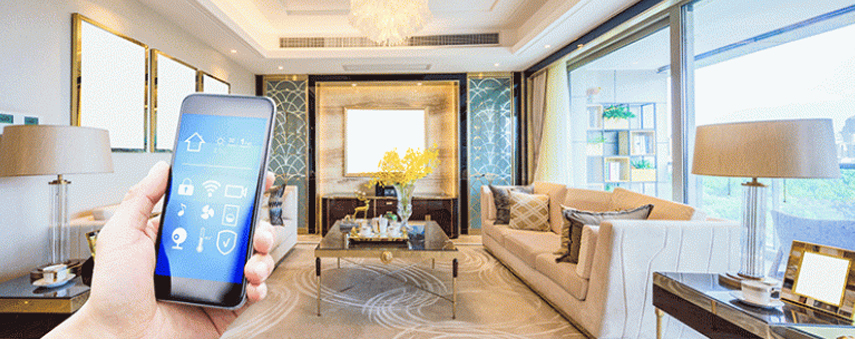Could AI autonomously control our IoT devices?

Credit: NCTA
AI relies on sorting through data whilst IoT creates masses of data to sort through. The pair are a match made in heaven and could develop together in future.
The first internet-connected device may have come when Margaret Thatcher was Prime Minister and Tron was in cinemas but we are still in the early stages of IoT.
Since that modified Coke vending machine at Carnegie Mellon University in 1982, the world is unrecognisable. The virtual reality of Tron that felt revolutionary at the time exists outside of cinema in 2019. Despite that, IoT is not a phrase that has entered mainstream consciousness in the same way that “artificial intelligence” has. Maybe that’s something else we can blame on the movies?
IoT devices increased by 31% year-over-year to 8.4 billion in the year 2017. As the cost of computing decreases, it becomes easier to add to the Internet of Things. This democratisation of IoT is a great thing for its progress; just as free builders like WordPress made it simple for anyone to get started with a website, IoT is being embraced by the ambitious. IoT’s global market value is projected to reach $7.1 trillion by next year. This is growing at an explosive rate.
Yet the most groundbreaking IoT devices could be just around the corner. What if IoT could think for itself? We may not have to wonder much longer.
What is autonomous IoT?
Autonomous control does not require the internet. Artificial intelligence was never part of the grand plan when it came to IoT: intelligent IoT is simply one branch stemming from the original tree, but it may end up rendering IoT that doesn’t use AI useless.
Despite having a history dating back to the 1980s, IoT is still in its infancy. Right now, the focus is on making devices smart. This is just the first phase though: the Web 2.0 of IoT is to make it intelligent.
AI is simply offering to do something with all the data that’s currently being collected in IoT technology.
IoT could begin sensing, reacting and adapting to the world around it, taking on more data not to target us with ads, but to learn about us and deliver a more complete service. IoT technology generates constant streams of data and machine learning (ML) thrives when it can examine patterns that lead to better value.
An autonomous vehicle is a great example of intelligent IoT. Even with the speed of 5G, real-time decisions need to be made in a vehicle. Using high-level ML algorithms can help vehicles to make their own decisions and survey their surroundings. An artificial neural network (ANN) assessing IoT data means that a driverless car can react to another driverless car without the intervention of a human. This works by multiple ML algorithms challenging each other for solutions based on the data presented to them.

The Internet of Things is currently not contextualised. You can ask Alexa to turn the music up or command your thermostat to cool a room down, but it won’t offer to do it without your input. AI is simply offering to do something with all the data that’s currently being collected in IoT technology. The reasoning of information could become just as important as an IoT device’s ability to detect changes in the environment.
Applying ML to IoT actually improves algorithms as it works, too. The more data that is received and processed, the more accurate the predictions are.
AI-powered IoT is the future
Investment in AI-focused IoT is on the rise. IoT vendors such as Amazon, IBM and Microsoft have a lot of data. Now they want insights for that data.
AI-powered IoT can improve efficiency. Hershey, for example, has used IoT and ML algorithms to reduce weight variability during production, without so much as hiring a data scientist. One of the biggest innovators in AI, Google, is also using the technology to help cut data centre cooling costs. IoT sensors are used on site and AI can predict temperature and pressure. Given the severity of environmental uncertainty right now, this is an extremely positive way to utilise AI.
With each new consumer IoT device on the market, even basic AI integration is common. Giving IoT the power of AI can create new products: natural language processing (NLP), for example, is allowing us to communicate with machines without needing any kind of human medium. But in the world of business, IoT and AI are combining to help understand and predict risk. Microsoft Azure IoT, IBM Watson IoT and Amazon AWS IoT all incorporate machine learning.
Artificial intelligence is changing the world in a way that we couldn’t have dreamed about when IoT was first coined. As more IoT technology is enhanced with AI capabilities, new openings will open up on both the business and consumer side of technology.
IoT is on the verge of thinking for itself. We can now process insights for our data: who knows where this will lead IoT?
